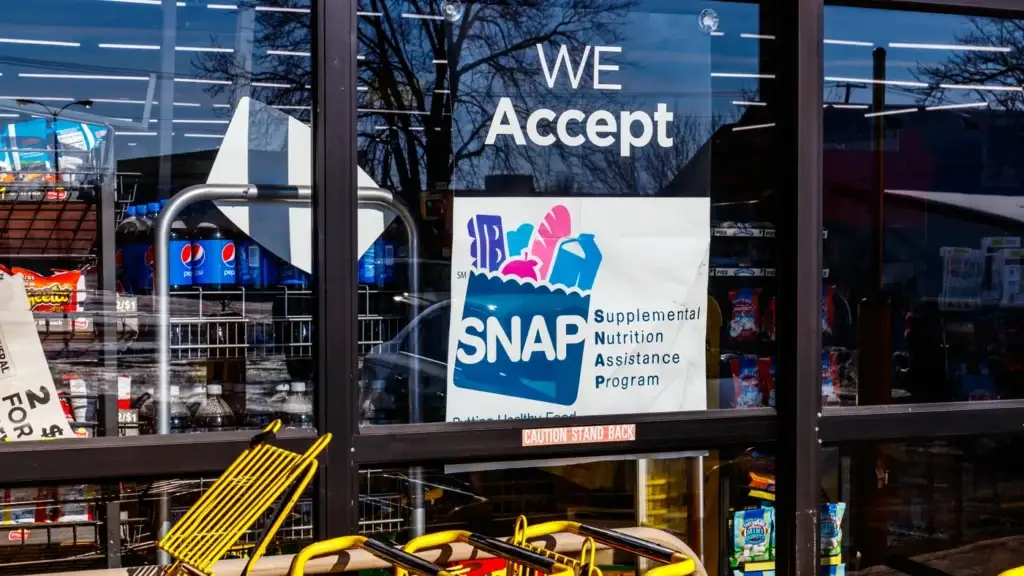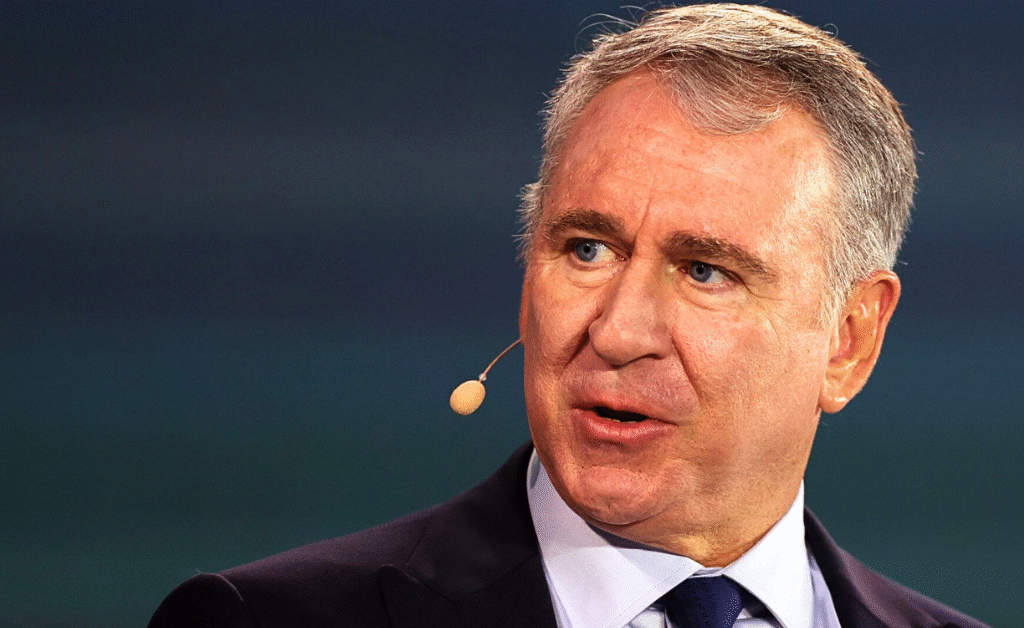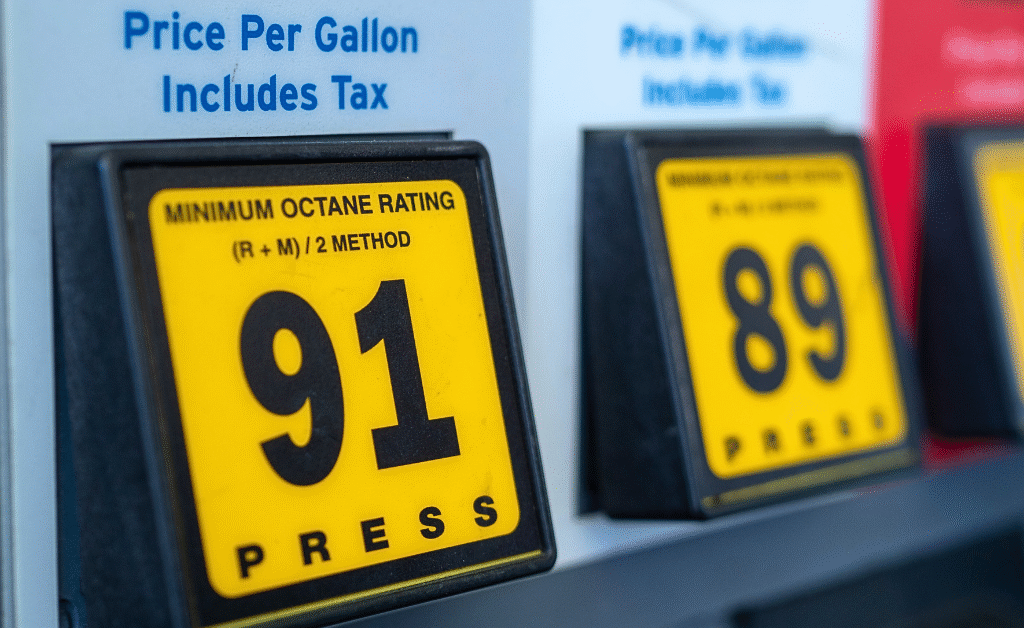- Prolonged government shutdown and SNAP disruptions are inflicting real economic pain, eroding trust among everyday voters in Trump’s leadership.
- Polls show notable drops in Trump’s approval among his 2024 supporters—handling of shutdown, economy, and benefits driving growing disillusionment.
WASHINGTON — It’s the kind of slow-burn crisis that doesn’t make for splashy headlines at first: a government shutdown stretching into its seventh week, federal workers scraping by on IOUs, and families staring at empty fridges.
But beneath the surface, something seismic is happening in the heartland of American conservatism.
President Donald Trump’s once-ironclad hold on his base is fraying at the edges, with fresh polling data painting a picture of quiet disillusionment among the very voters who propelled him back to the White House just a year ago.
The FrankNez Media Daily Briefing newsletter provides all the news you need to start your day. Sign up here.
This isn’t some fleeting blip tied to a single gaffe or tweetstorm. It’s the cumulative weight of a standoff that’s now the longest in U.S. history, eclipsing the 2018-2019 impasse that Trump himself once decried as a “national emergency.”
Back then, it lasted 35 days; today, we’re at day 50 and counting, with no end in sight as Democrats dig in on border security reforms and Republicans counter with demands for deeper spending cuts.
The fallout? A cascade of real-world hardships that’s starting to chip away at the loyalty that defined Trump’s political brand.
SNAP Benefits Chaos

Take the Supplemental Nutrition Assistance Program, or SNAP, as ground zero. The program, which feeds about 42 million low-income Americans, has been crippled by the shutdown.
The U.S. Department of Agriculture tapped a $4.65 billion emergency fund to keep things afloat, but that’s only covering roughly 65% of normal benefits. Families who rely on those EBT cards for basics like milk and bread are suddenly shortchanged by hundreds of dollars a month.
Two federal judges in separate rulings last week called the partial payments “unlawful,” ordering full resumption—but with the government still locked down, those orders hang in legal limbo.
Democrats aren’t mincing words. “This is weaponizing hunger to score political points,” one House Democratic leader fumed in a closed-door caucus last week, echoing a broader party line that’s gaining traction on cable news and kitchen tables alike.
The human toll is stark: furloughed IRS agents moonlighting as Uber drivers, Smithsonian curators rationing groceries, and in rural counties across the Midwest—Trump’s heartland—parents skipping meals so kids can eat.
Approval Ratings Drop

But here’s where it gets truly telling: the erosion isn’t just among coastal elites or never-Trumpers. It’s seeping into the base. Newsweek’s latest approval tracker, updated this morning, clocks Trump’s overall net rating at a dismal -15 (54% disapprove, 39% approve), his lowest since the early days of his second term.
That’s down three points from last week’s already grim -12. More alarmingly, among self-identified Trump voters from 2024, that net approval has tumbled to +66—a full eight-point drop from +74 in late summer.
Dig into the crosstabs from a fresh YouGov/Economist survey (conducted October 28–November 4), and the cracks become craters. Only 68% of Trump supporters now say he’s handling the shutdown “well” or “very well,” down from 78% in early October.
On the economy—a pillar of Trump’s 2024 pitch—net approval among his faithful has slid to +58, off 12 points since September. And SNAP? A whopping 57% of Trump backers believe benefits should flow uninterrupted during the shutdown, up from 49% a month ago.
Nearly one in five (18%) report that they or a family member depend on the program, a figure that’s held steady but feels more urgent by the day.
Focus groups in swing states like Pennsylvania and Wisconsin are buzzing with similar gripes, according to Democratic pollster Matt McDermott, who warns of a “silent backlash” brewing.
McDermott, who’s been tracking voter sentiment for years, didn’t hold back in a recent interview with Newsweek: “Voters are frustrated—and for good reason.
Energy prices heading into winter are skyrocketing. Grocery prices are up across the board. Inflation has been made worse by Trump’s own tariffs. And the job market is weakening. It’s a perfect storm of economic anxiety, and Trump’s telling voters he doesn’t want to talk about it.”
He paused, then added pointedly: “Add to that a historically long shutdown—with Republicans cutting SNAP benefits even as courts demand those payments continue—and it’s clear why even his own supporters are souring.
Trump’s problem is simple: voters are struggling, and he’s acting like he doesn’t care. You can’t tell Americans who can’t afford groceries that you don’t want to talk about the cost of living.”
The Economic Impact is Real
The White House, for its part, is doubling down on defiance. In a fiery Truth Social post Thursday night, Trump lashed out at “radical left Democrats” holding the line on funding bills.
“Benefits would resume ‘only when the radical left Democrats open up government,'” he wrote, framing the impasse as a test of resolve on immigration.
Advisors close to the president say private polling shows his core MAGA faithful—white evangelicals and non-college-educated men—remain rock-solid at 85% approval.
But even there, hints of fatigue show: attendance at “Stop the Steal 2.0” rallies in battleground states dipped 15% last weekend, per event organizers.
Economists are sounding the alarm on the bigger picture. The Congressional Budget Office now estimates the shutdown could knock 1.5 percentage points off GDP growth for the quarter, translating to $10–15 billion in lost output.
Alec Phillips, chief political economist at Goldman Sachs, put it bluntly in a client note earlier this week: “The current shutdown looks likely to have the greatest economic impact of any shutdown on record.”
With holiday shopping season looming and gas prices flirting with $5 a gallon in some spots, that pain is set to ripple outward.
What’s Next for Americans?
So, what happens next? Senate Republicans are pushing for a Friday vote to pry open the government with a temporary funding patch, but Majority Leader John Thune sounded less than optimistic to reporters yesterday: “My hopes and expectations are always that we’re going to have enough Democrats to actually proceed, but I don’t know, we’ll see.
They seem to be walking back or slow-walking this, and it’s what they asked for.”
If it fails—as many expect—the shutdown could drag into December, overlapping with debt ceiling talks and amplifying the chaos.For Trump, the stakes couldn’t be higher.
His 2024 win was built on promises of strength and stability, not stalemates that echo the dysfunction of his first term. As one veteran GOP strategist put it off the record: “This isn’t about policy anymore; it’s about perception.
If Don can’t deliver for the little guy, who’s left to cheer?”
In diners from Des Moines to Duluth, the conversation is shifting from blind allegiance to hard questions. Will this be the spark that turns quiet grumbles into a roar?
Or can Trump rally his troops with one of his signature comebacks? As the days tick by, one thing’s clear: the man who once boasted “I alone can fix it” is facing a fix that’s proving anything but easy.
Also Read: A DOJ Whistleblower Now Makes Revelation That Undermines the Judicial System’s Integrity











